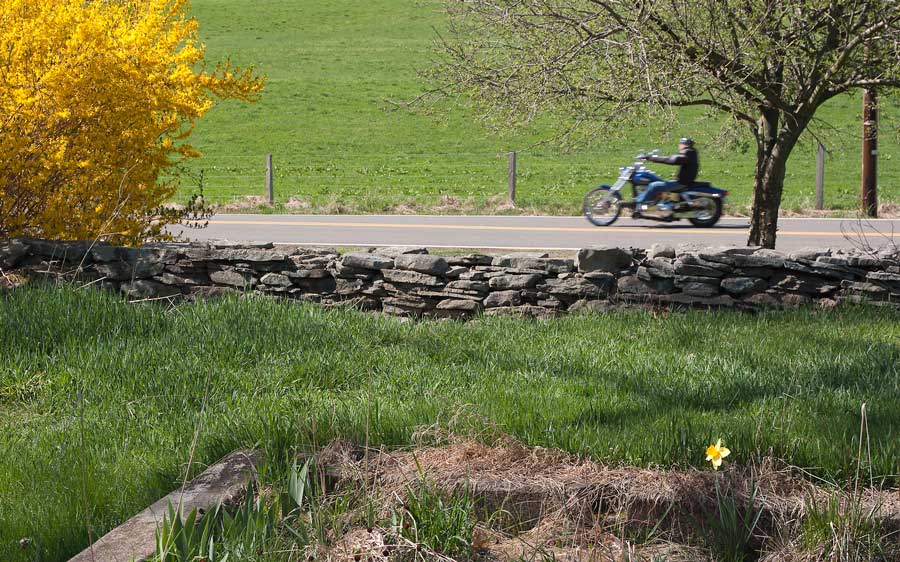As I have mentioned before in this space, the camera bodies that I utilize include the Nikon F-Mount system cameras. I have always preferred the ergonomics of the Nikon based cameras to their Canon counterparts. For me, these digital bodies, in particular, the professional level models have the best user interfaces on the market.
This is all personal preference: Canon, Pentax, Sony, and Olympus all make systems with compelling features and good quality imaging chips, and I have used many of them in the past.
Among the cameras made with the Nikon F-Mount, were cameras made by Fujifilm. I have always thought that there is something special about imagers designed by film manufacturers (Kodak makes imagers also, now used in high-end digital backs). The Fuji that I use is an S5, a modified Nikon D200, with Fuji firmware and a unique sensor that gives it a wide dynamic range.
Originally designed for the wedding industry to capture the bright whites, and dark tones in the attire of a typical bride and groom, it work very well for landscape situations where the light range is broad, or the color is particularly intense. The sensor has two sizes of photodiodes for a total of 12 million pixels arranged as a honeycomb.
There are 6 million larger pixels that are responsible for most of the imaging duties. The addition 6 million small pixels are utilized to allow the camera to record very bright whites. They are set at a lower gain than the large pixels and thus don’t burn out with very bright scenes. The sensor layout increases the apparent resolution of the camera from the expected 6 Mp to more like 8-10 MP still lower than the resolution of many current DSLRs. Even so, I have printed images from my S5 as large as 20”x 30” which were happily accepted by professional art buyers without complaint.
The camera has a small but dedicated following, who believe as do, I that the images produced by the Fuji have a unique tonality, and film-like quality, unlike other competitive products, in large part because of the unique sensor design.
Fujifilm has not announced a successor to this camera. The dream of Fuji aficionados would be a true 12 MP (12 million small pixels, 12 million large pixels) full frame body built on the D-700 chassis. In the mean time, I’ll keep using the S5.




